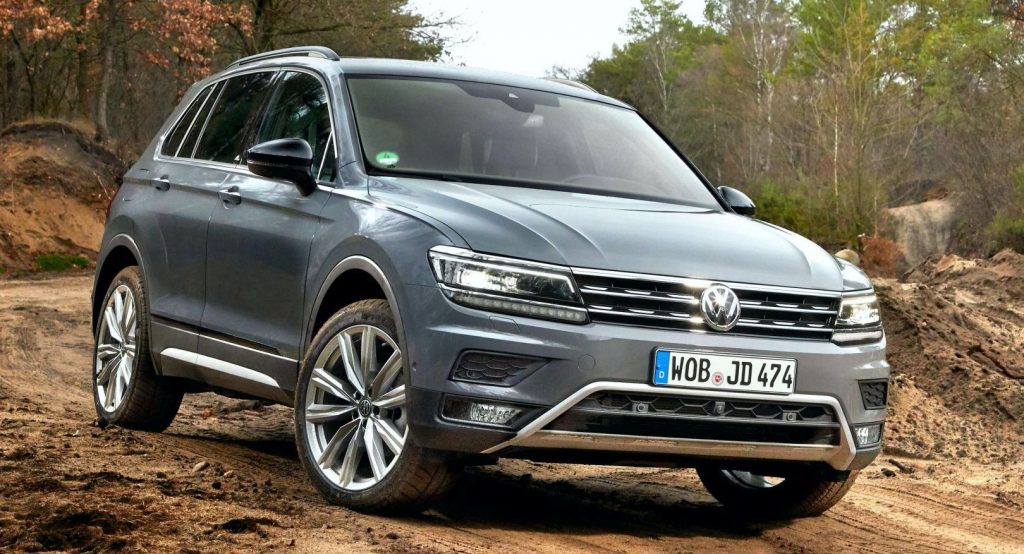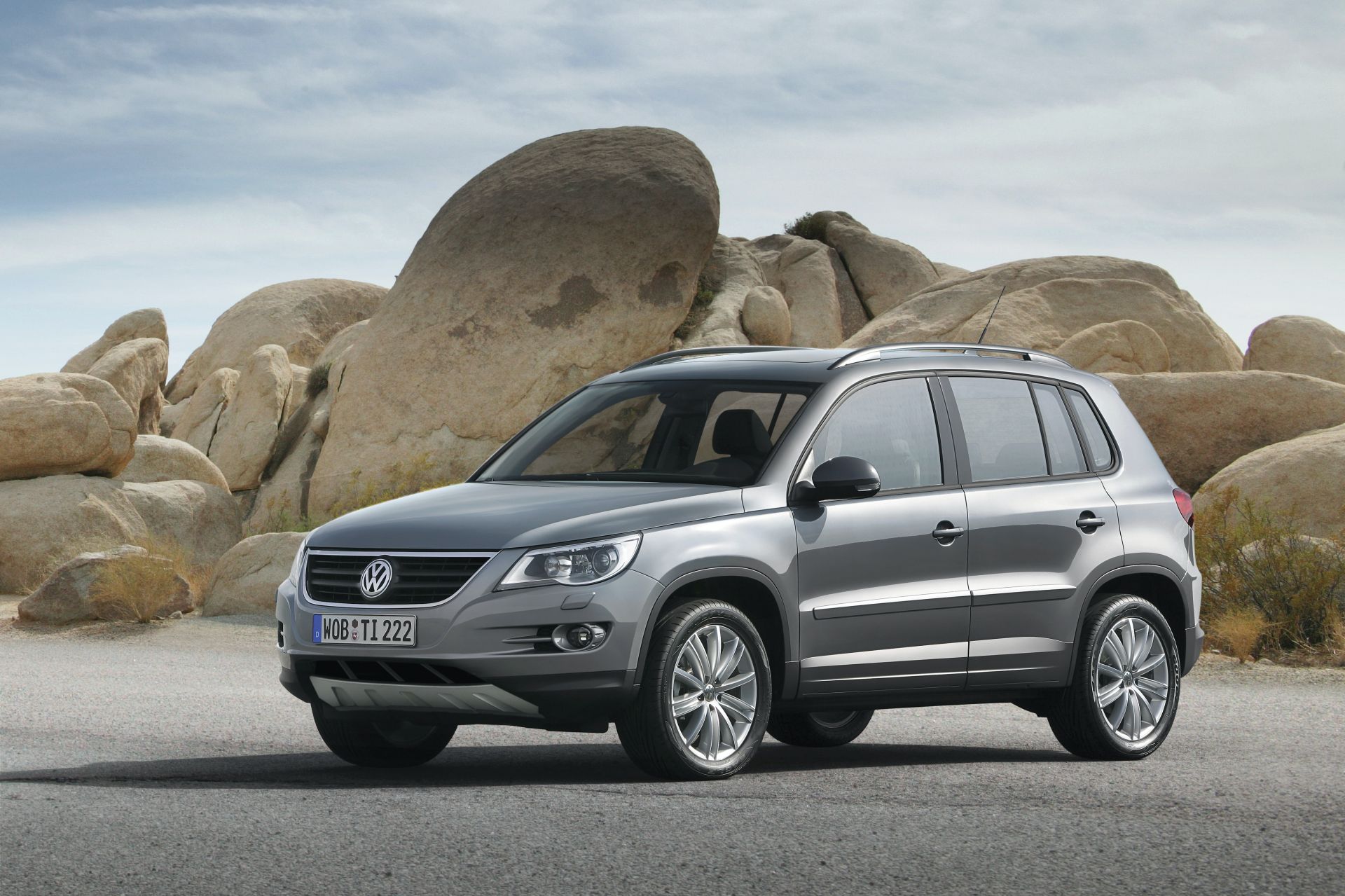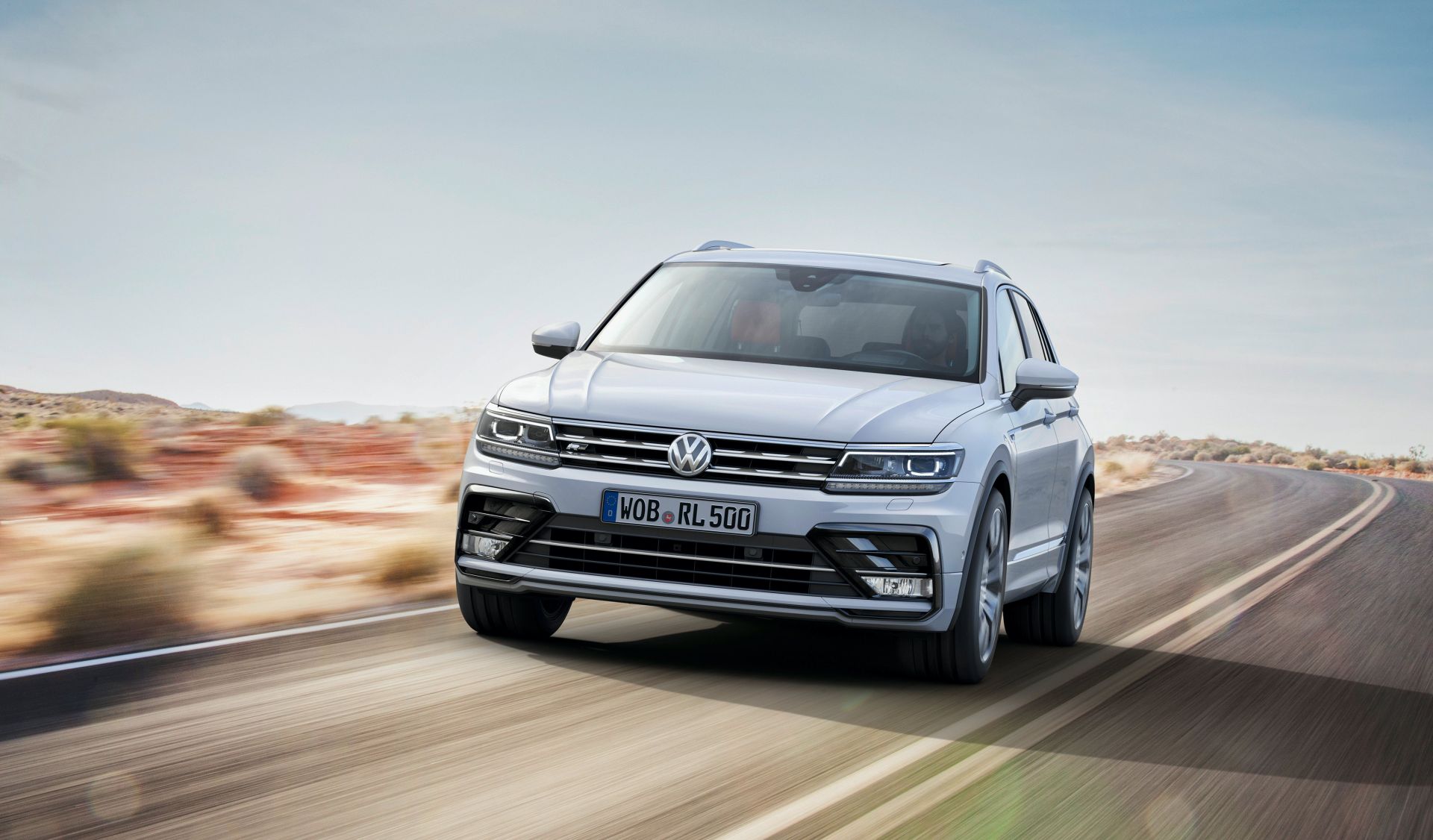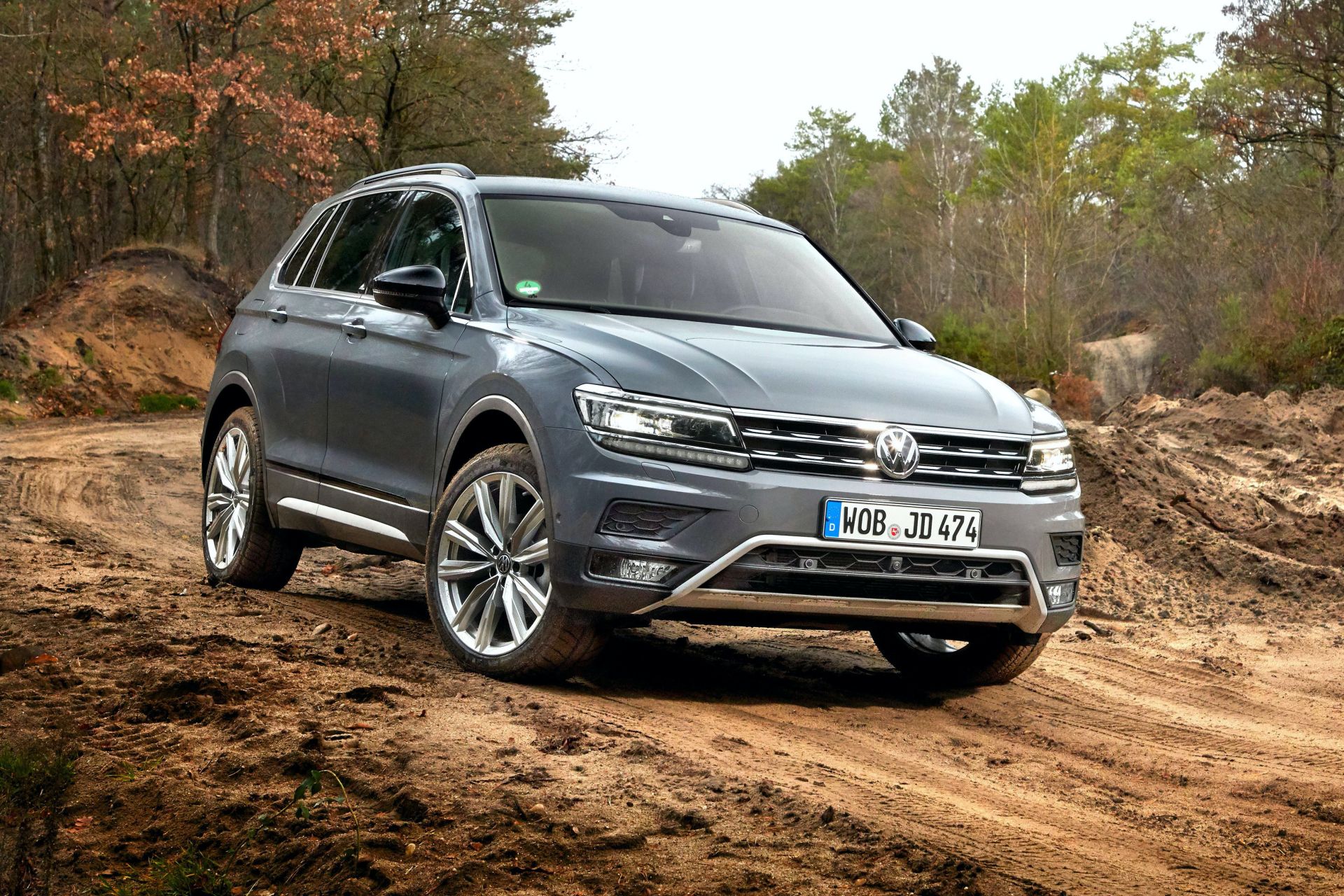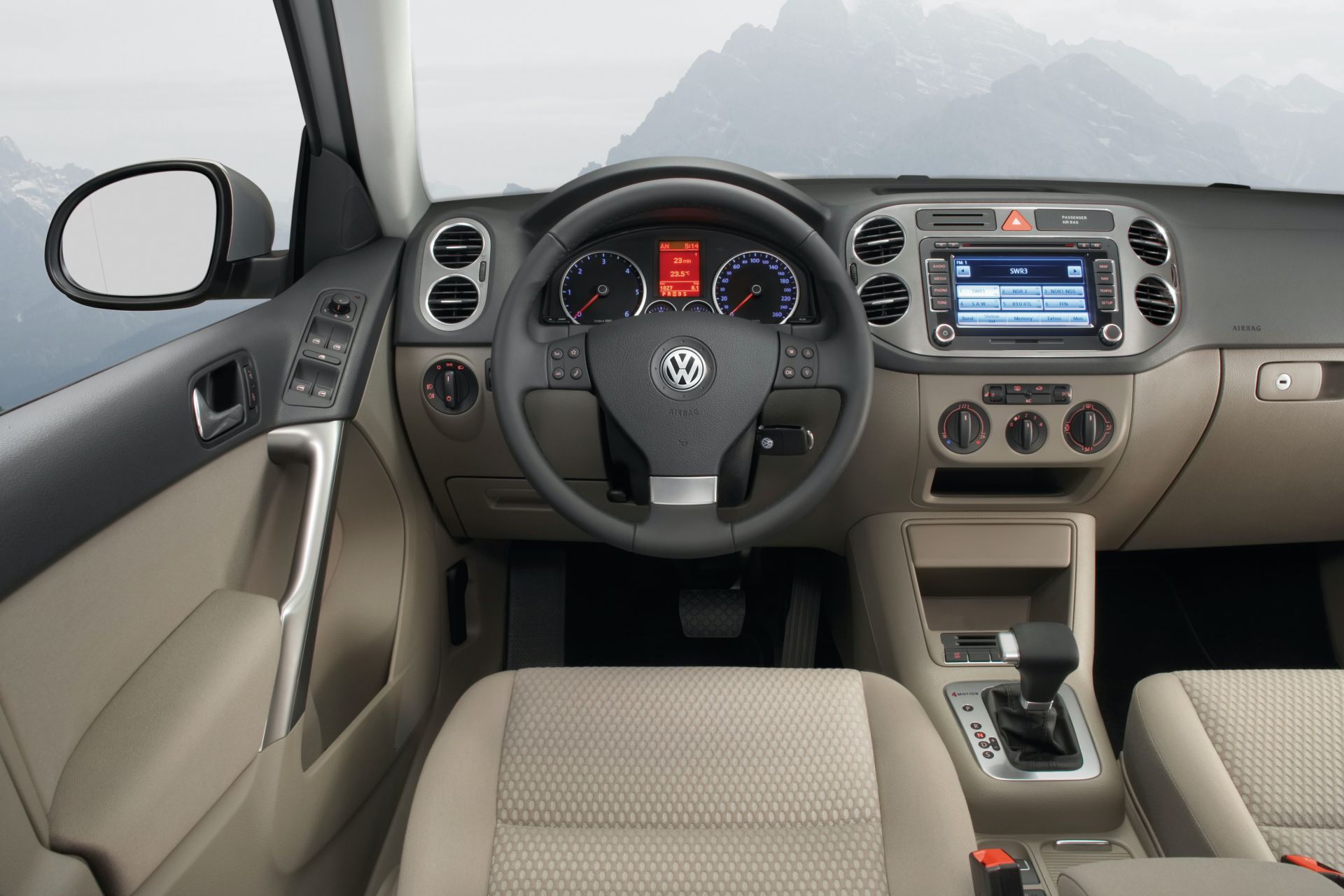In spring 2020, the Volkswagen Tiguan broke the production barrier of six million units since the nameplate launched in late 2007.
Last year alone, VW built a total of 910,926 units of the compact SUV, making it the best-selling vehicle of the Volkswagen brand and Group. That’s hardly surprising, given that SUVs are so popular around the world and the Tiguan is available to buy in 80 percent of all countries on earth.
Let this sink in for a moment: one Tiguan was made every 35 seconds last year. Thanks to the 2019 results, the Tiguan has also become the best-selling SUV in Europe and one of the world’s three most popular sport utility vehicles.
See Also: 2021 VW Tiguan Facelift Looks Mighty Athletic In Official Teaser
First-Generation VW Tiguan: 2007 – 2016
The first-generation Tiguan debuted at the Frankfurt Motor Show in autumn 2007, with the model launching onto the market later that year. In 2008, its first full calendar year, the Tiguan was made in more than 150,000 units, becoming Germany’s best-selling SUV right from the start.
Available with front- and all-wheel drive and powered by turbocharged petrol and diesel engines hooked to manual or automatic transmissions, the Tiguan offered a varied lineup. In 2011, Volkswagen launched the facelifted model which brought significant updates. The refreshed Tiguan boosted sales further, breaking the 500,000 barrier for the first time.
Second-Generation VW Tiguan: 2016 – Present
In April 2016, Volkswagen launched the second-generation Tiguan, based on the modern Modular Transverse Toolkit (MQB). The new platform changed everything, from looks to practicality, powertrains and technology. The engine lineup became even more diverse, with outputs ranging from 115 PS (113 HP) to 240 PS (237 HP).
The new Tiguan also introduced a long-wheelbase variant (+110 mm / 4.3 in) for the first time in 2017. Called the Tiguan Allspace in Europe and other markets or simply the Tiguan in markets where the standard-wheelbase model is not available (such as the United States), it offers a roomier interior and the option of seven seats.
Thanks especially to demand from big markets like China and the U.S., the Tiguan XL has become the more successful of the two variants, currently accounting for 55 percent of the entire production. From October 2019, the Tiguan L also offers a plug-in hybrid drive in China.
Volkswagen builds the Tiguan at four plants across three continents. The standard-wheelbase model is made at the Wolfsburg factory in Germany for Europe, Africa, Asia and Oceania, as well as the Kaluga facility in Russia for the local market and neighboring Central Asian countries. The long-wheelbase Tiguan L / Allspace is built in Shanghai, China for the local market and Puebla, Mexico for the Americas, Europe, Africa, Asia and Oceania.
The next chapter of the Tiguan success story will arrive later this year in the form of the facelifted model. The mid-cycle update will bring major technical and visual enhancements, including a plug-in hybrid model for Europe and a Tiguan R performance model.



